🤓 The 2026 Local Search Ranking Factors are here!! Check out the report!
🤓 The 2026 Local Search Ranking Factors are here!! Check out the report!

Day 2 of the #WLSS was filled with everything from content strategies to automation to scaling key SEO drivers and more. Our heads are spinning from all of the knowledge shared today. We’re giving you a look into all of they sessions and sharing ideas, insights, and tips below. You can unlock all of the events recordings by purchasing our Video Bundle. Catch up on Day 1 tips or skip ahead to our Day 3 roundup.Jump right into content from your favourite Day 2 speakers:

It’s a dark time for SEOs. It’s harder than ever to get your content seen, shared, or linked to. Even if your content is amazing, world class content, it’s still one of millions of posts floating around the galaxy.
If you’re using the publish and pray approach – publishing content and praying people see it, read it, and share it – then Brian’s 7 promotional strategies are going to help transform how you build relevance and authority through content. Get access to the recordings to hear all of Brian’s tips. One promotional strategy you can start implementing today is:
Create Content For Your Niche’s Jedi: The Linkerati.Linkerati is a term that Rand Fishkin coined many years ago to describe the people in your industry that you are creating content for. They would be bloggers, journalists, editors, and other publications that you need to appeal to in order to get more backlinks. The content that you are writing to the “Linkerati” may not be the same content you would write for your customers. Publishing content for your customers is great and very important, but if you only publish content for your customers and not the people in your industry with linking power, you’re missing out.
One way to do this is to update your old content to appeal to linkarti. Numbers and case studies appeal to the niche that Brian is in (SEO) but these pieces aren’t necessary what his customers want (small business owners who take his online course).

Many of you have probably heard about Apple’s iOS 14.5 update that limited the ability to set retargeting cookies on mobile. Well, not all is lost. Duane explained how you can pivot your Facebook advertising in a post IOS 14.5 world.
Oftentimes, we hear clients say, “we’re losing sales”. The truth is, they’re not actually losing sales. The reality is that sales are either super delayed, or they’re just not showing up in AD manager.
You are not losing sales, you just can’t track what’s going on, and that is because Apple’s decided to ask people “do you want to be tracked” and rightfully so, most people say no.
So what can you do to help improve your traffic and get the most out of your Facebook Ads?
Lead & Sales Funnel – Build a Strong Marketing Foundation
Do not put all your eggs in one basket – aka you cannot rely on only one ad platform to build and grow your business. Just using Google, or Facebook, or Amazon is not ideal.
Build a better lead funnel by creating quality content your customers care about.
Oftentimes in marketing, people just do things to do things. If you do things to do things, you’re probably not going to have the success that you want. It takes time to see the strategy start to work and see success.
In marketing, sometimes you’re going to invest into things for 6 to 12 months into a strategy to see a payout in the long run, stay the course and not give up; before you see success. Don’t give up too early.
Media Optimization – Where to Spend Money?
Once you’ve built up your amazing content you want to figure out what your Facebook Ads strategy is going to be. What is your desired outcome? Is it a lead? Is it a newsletter signup? Is it a sale? Whatever you want to achieve, figure that out first.
What Outcome Do You Want?
Focus on one single issue. Once you know your strategy you can figure out your measurement of success.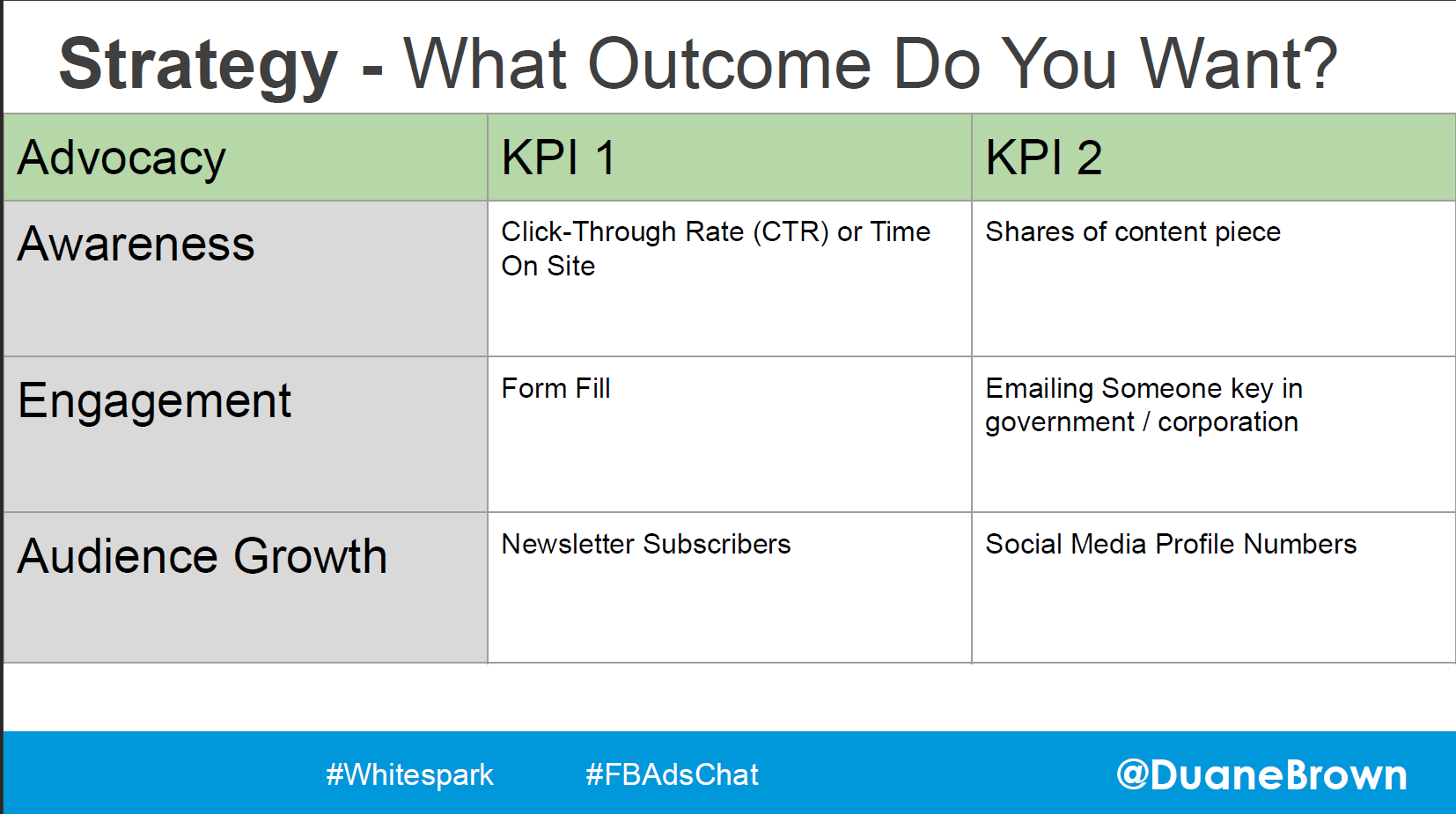

Dana shared her experience and wisdom about redoing your website, which typically can feel like setting a bunch of money on fire, and then you end up with a website at the end. With her process, hopefully, you can avoid that during your next website overhaul.
When a website re-haul is happening a lot of times SEO isn’t brought in soon enough. SEOs have a unique talent of straddling the worlds of content, technology and conversion, but we’re really bad at communicating with other people. We make data boring with tables, but we need to get in the room as early as possible.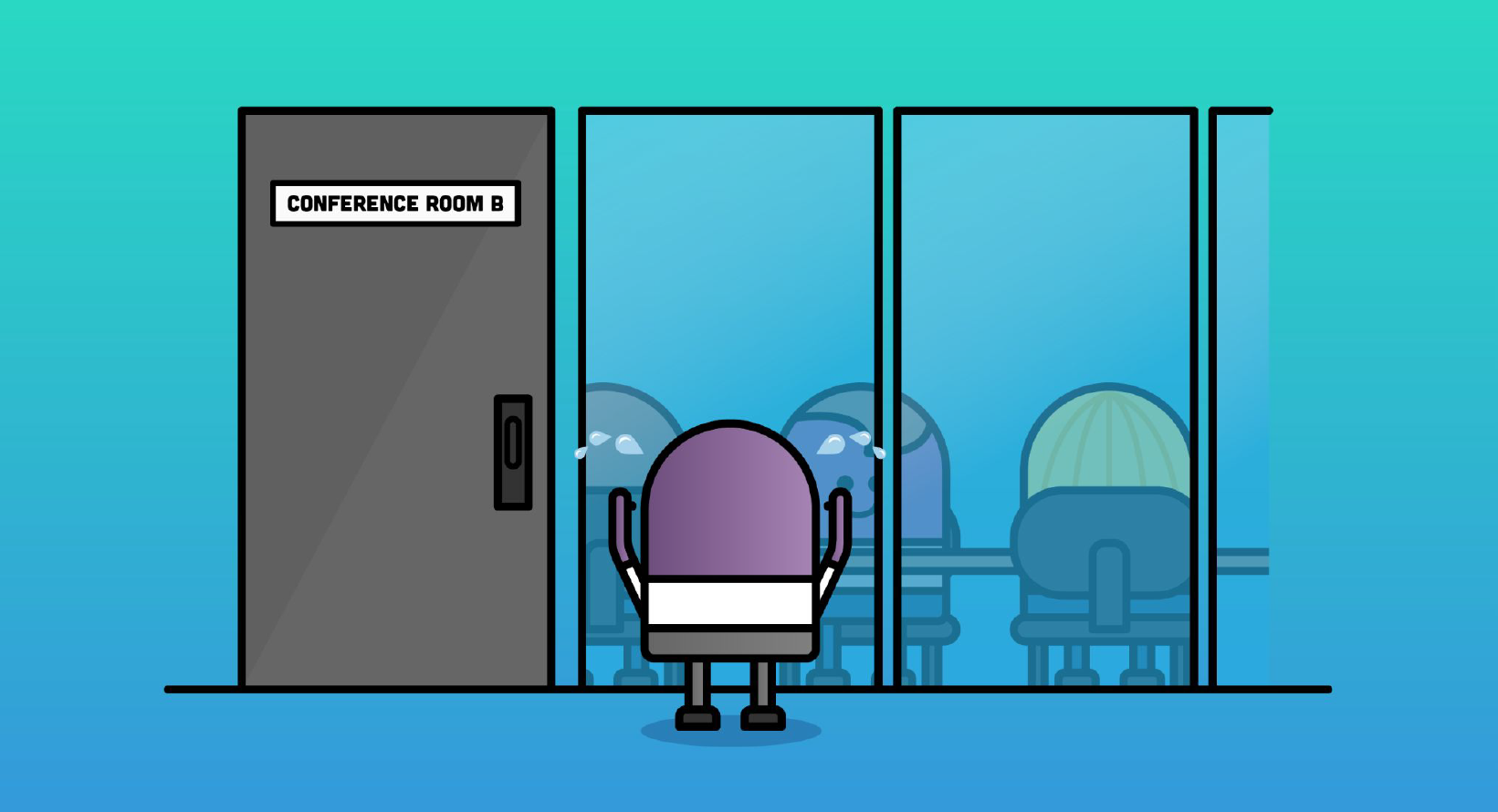 How do we do this?
How do we do this?
Break it into two components: discovery and building.
Thinking about all the procedural things (including SEO) that have to happen BEFORE the design side of things. You are never going to have a good time if you start with a design first website..
Most people these days do “waterfall” process, it’s a one way trip, and there isn’t a way to visit where you’ve been without significant effort. Websites are living, changing beings and you don’t necessarily end up with something you are happy with at the end of the waterfall process.
Waterfall is confusing for decision makers, you can’t go backwards and it’s hard to show what you’re talking about or what it will actually be like.
=

Nati shared automation advice for the busy search marketer. If you’re not technical don’t let that prevent you from taking advantage of automation.
Why automation? Efficiency is key to growth.
The Planning Fallacy
 Automation helps eliminate the planning fallacy.
Automation helps eliminate the planning fallacy.
It removes time constrictions and scaling issues. Plus your automations work 24/7 – no time restrictions.
Planning, setting up, and executing automation does take time – but there is a simple formula you can use to determine how much time you should invest in creating your automation.
How much time to invest = Avg task time X # of repetitions/month X # of projects or clients  How do you select the right candidates for automation?
How do you select the right candidates for automation?
The key to good automation is to automate only the things where the quality of the work/output will not be impacted by being automated.
3 rules to automating something

Featured snippets are short blurbs of text that appear at the top of Google’s search results to quickly answer a searcher’s query/question. The content is pulled from web pages in Google’s index. Common snippets include definitions, tables, steps (how-to’s), and lists.
A lot of SEOs refer to Featured Snippets as “Position 0” because it appears at the very top of results before the #1 spot. And everyone wants this coveted ranking result for their top target keywords.
Think of Featured Snippets as the remarketing of SEO.
When you earn the Featured Snippets in search results, you will also get higher click-through-rates which brings more relevant traffic to your website. 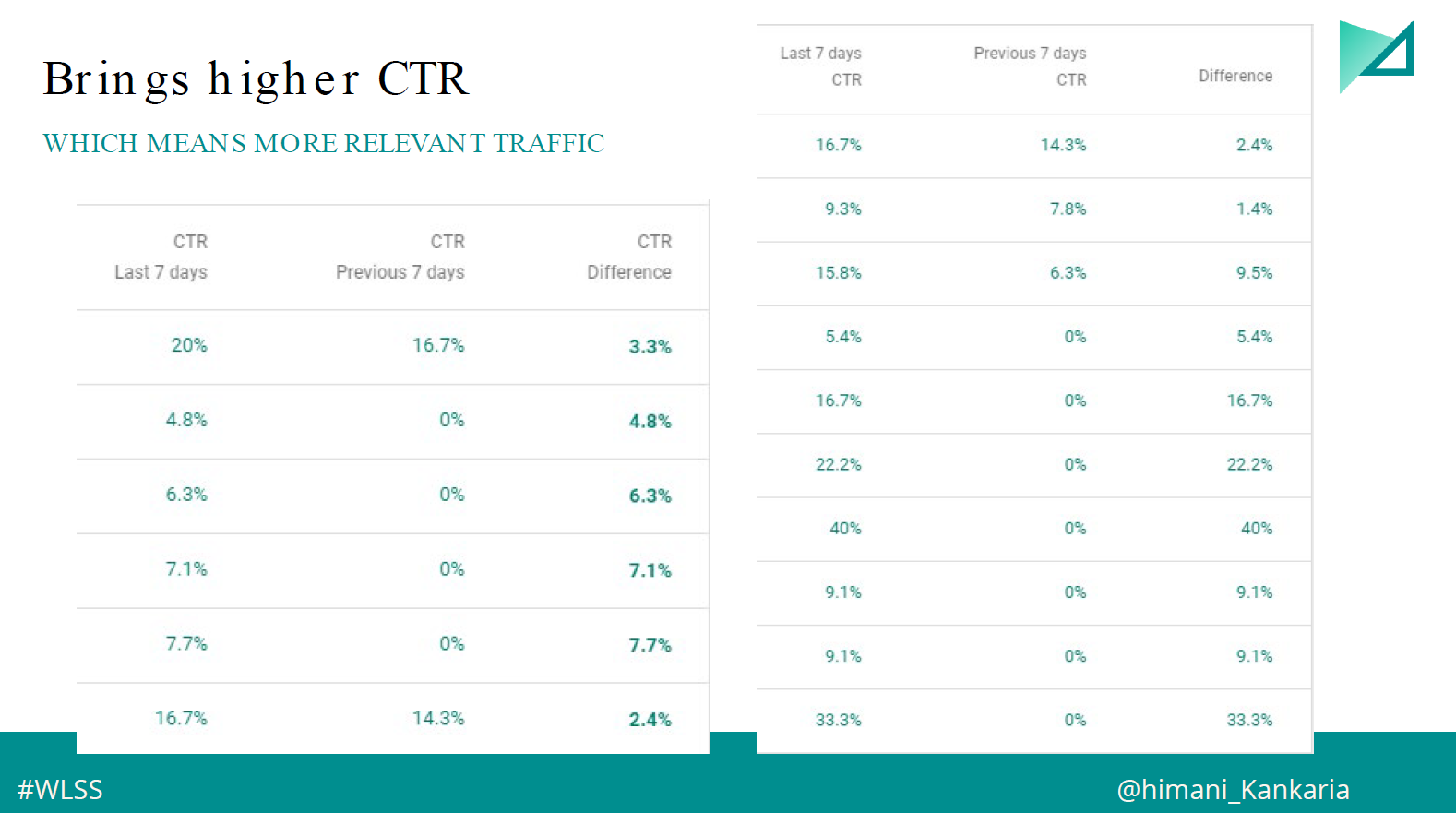 How can you use featured snippets to boost conversions from organic traffic?
How can you use featured snippets to boost conversions from organic traffic?

When we think about ranking factors in local we talk about
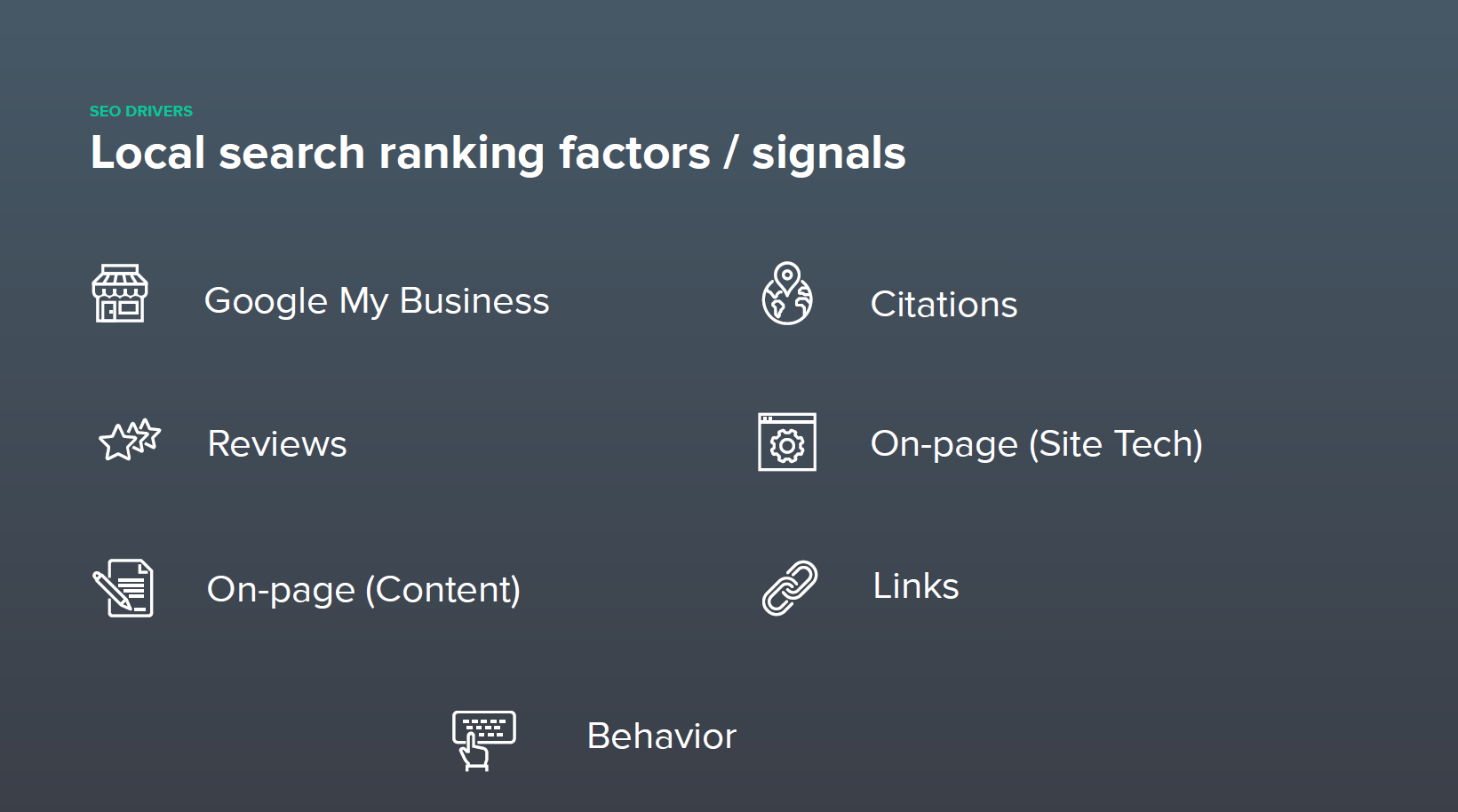
You want to start with the market that you are serving in. Take a market perspective when you want to improve your SEO practices.
When it comes to content – all content changes matter to SEO. This includes
Looking Deeper into Photos
When we think about photos the opportunity is not just for your website but also GMB. Businesses are really missing out on expanding their content through high quality and relevant photos.
Here’s an example of why stock photos just don’t cut it when it comes to your website and business.
The stock photo below was used for a dentist’s website – it shows us a happy person with clean and healthy looking teeth. We don’t know where they are, who they are, they are holding a coffee cup, they are outside not inside a dentist office. Is this picture doing the job of showcasing this business? No.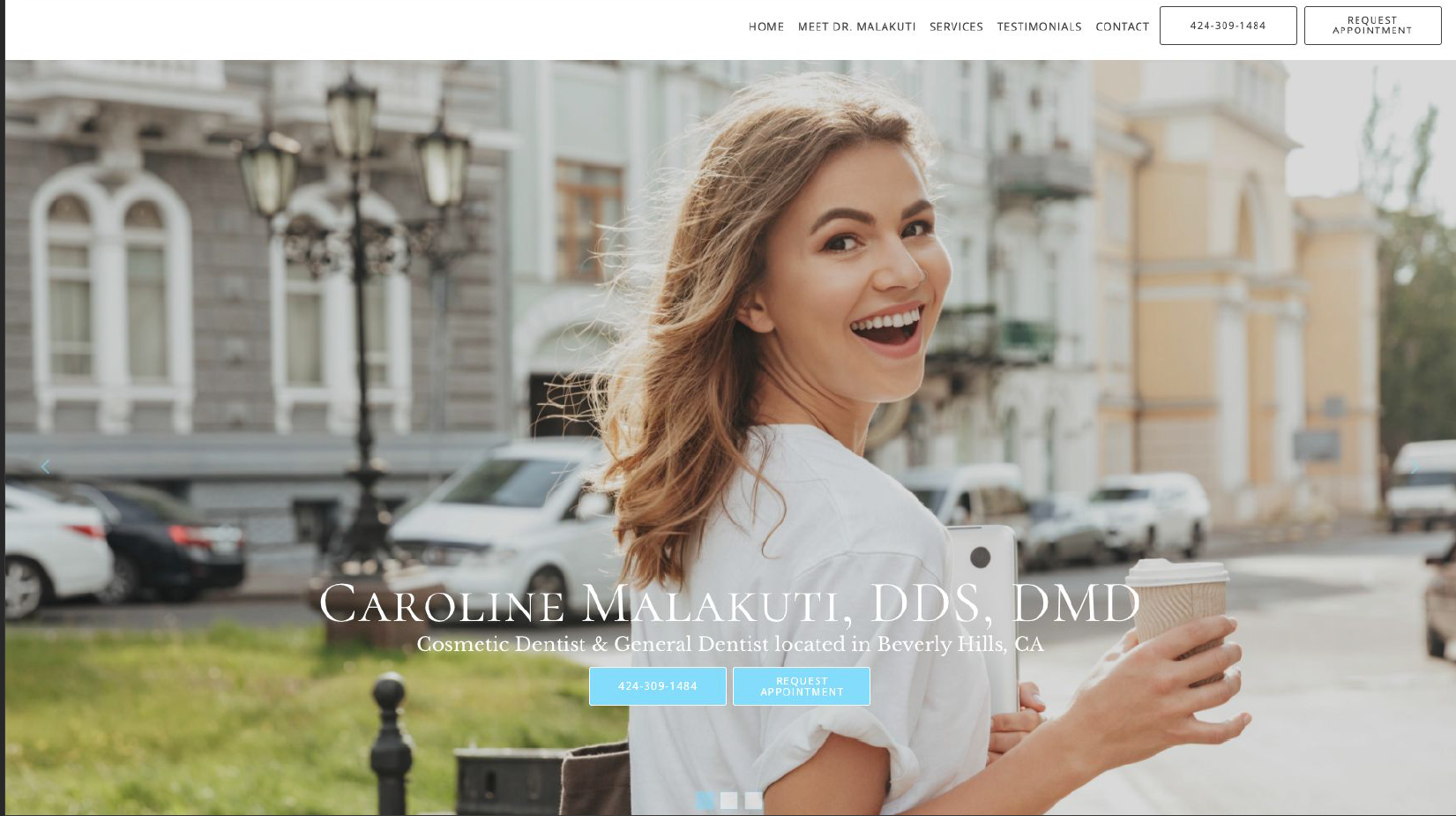 Take it a step further and think, are there things that Google is doing automatically with photos that would be relevant for search?
Take it a step further and think, are there things that Google is doing automatically with photos that would be relevant for search?
Well, they are probably classifying the photos and do you know how they are interpreting the photos you are sharing on your website? Use their classification engine, Cloud Vision, to help you understand how Google “sees” your photos and to take better (more relevant) photos for your business.
Below is an example of using Google’s Cloud Vision API in action – see how Google understood the first image and then with some minor position and focus adjustments how Google understood the second image.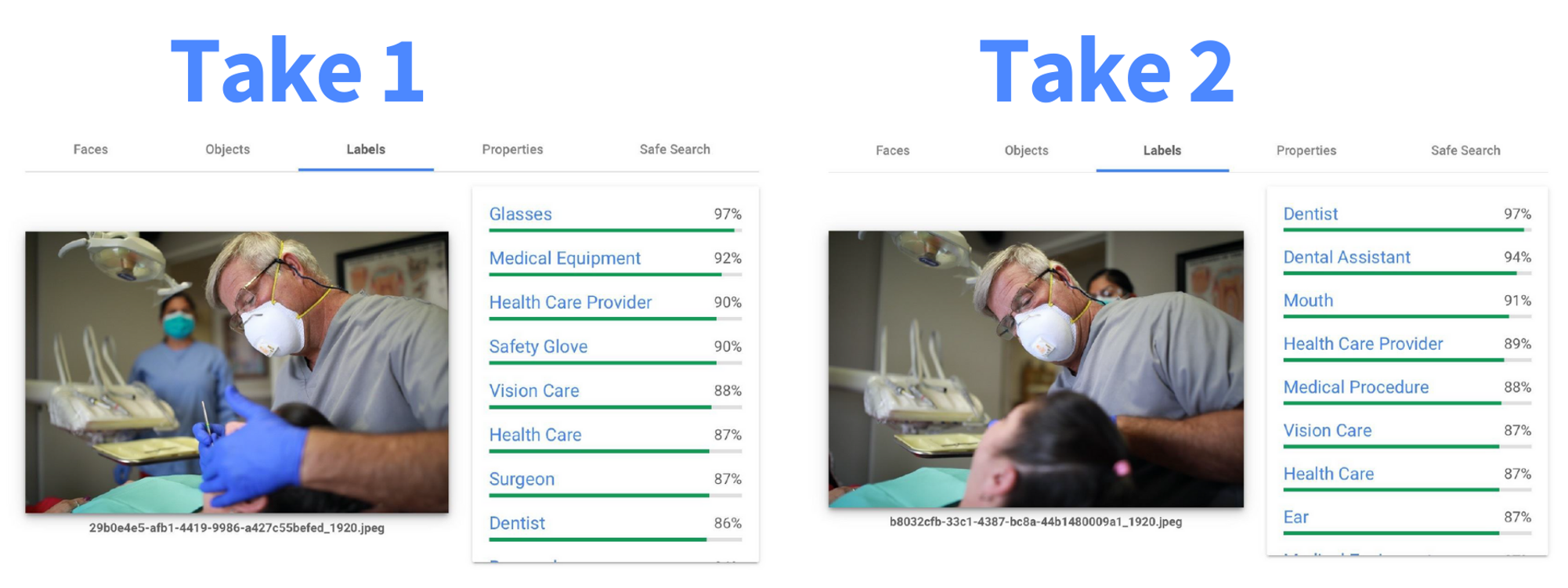 YES! When the team at Patient Pop added relevant, thoughtful, high quality photos on their clients Google Listing and websites. they saw an increase in traffic.
YES! When the team at Patient Pop added relevant, thoughtful, high quality photos on their clients Google Listing and websites. they saw an increase in traffic.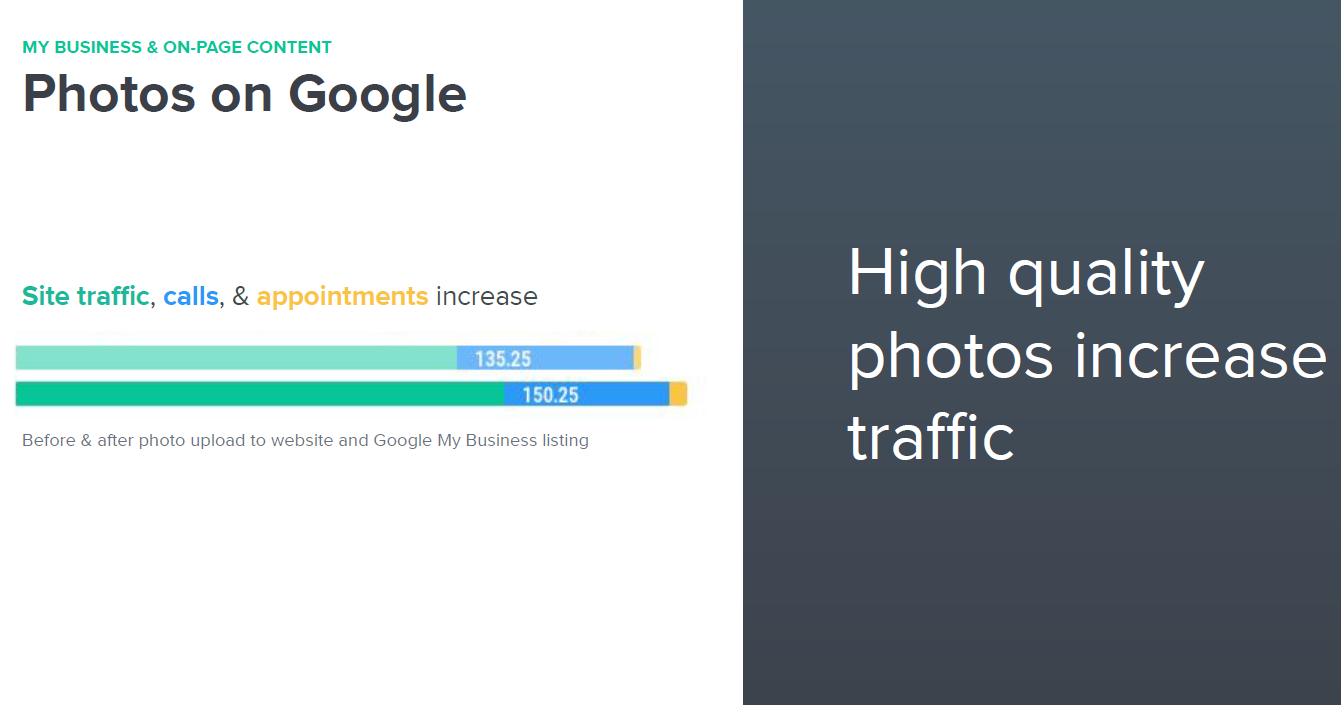

While a few GMB elements will influence your rankings, there’s an increasing number of rich features that when optimized, can boost your conversions.
This includes Messaging & Booking.
GMB Messaging: there is no other GMB feature that puts you in more direct contact with your customers, aside from the call button.
Customers can chat with your business through GMB Messaging by clicking the
All of these new CTAs switch on when you enable Messaging.
Be aware: When a user completes a quote request through Messaging, GMB may prompt them to get additional quotes in just one click. This function is for the benefit of searchers, of course it’s not ideal for your business, but if you do a good job of managing Messaging – this shouldn’t be a problem.
With the local pack Request Quotes button, if most competitors haven’t enabled Messaging, a business that wasn’t even ranking in the local pack can shoot up front and center to provide a quote.
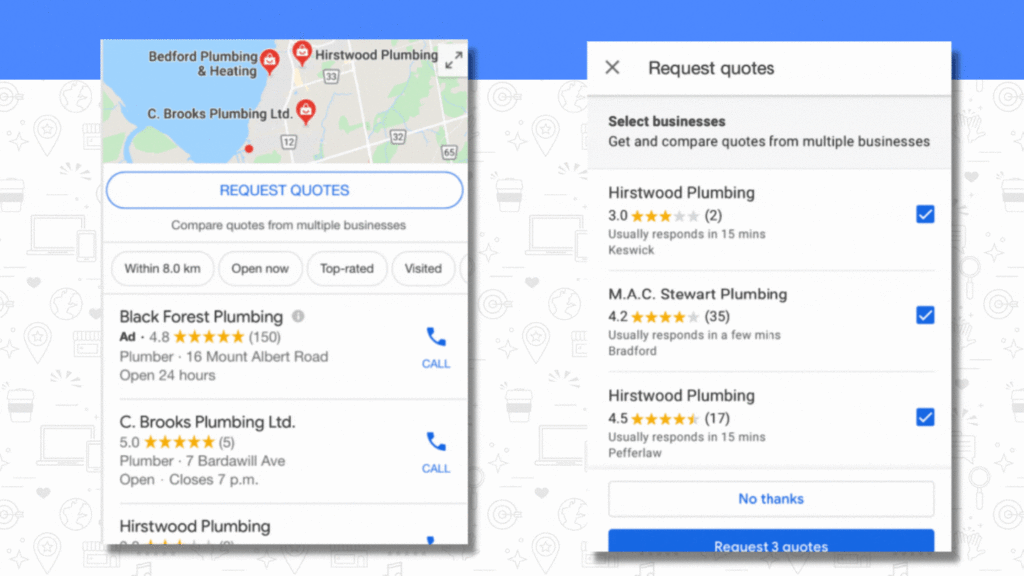 The key benefit of Messaging is the immediacy of the medium – strike while the iron is hot. And we all know leads are impatient. Messaging is an additional way for searchers to interact with your business – not everyone wants to call, nor is everyone searching for your business when you’re open and available to one. Want to start leveraging conversions with GMB Bookings/Reserve with Google? Then you need to read this in-depth post from Allie Margeson!
The key benefit of Messaging is the immediacy of the medium – strike while the iron is hot. And we all know leads are impatient. Messaging is an additional way for searchers to interact with your business – not everyone wants to call, nor is everyone searching for your business when you’re open and available to one. Want to start leveraging conversions with GMB Bookings/Reserve with Google? Then you need to read this in-depth post from Allie Margeson!

As an agency owner you’re always managing multiple plates, you’re working on your marketing and being able to get a bit more leads, and then you’re focusing on working with prospects to turn those conversations into clients. As soon as that client closes, then you’re talking to your delivery team to be able to get them a loud result and it can all be a little bit exhausting. You often don’t have the systems in place or the people and processes in place to be able to scale your business, you can feel a little bit like your battery’s low at the end of the year and your profits aren’t really any higher.
Dev found that there’s nine different systems (accelerators) necessary to grow more revenue, have more fun in the business, and to create a bit more freedom.
Zooming out and figuring out where you are on this agency bell curve can help you determine the actions you need to take to move forward.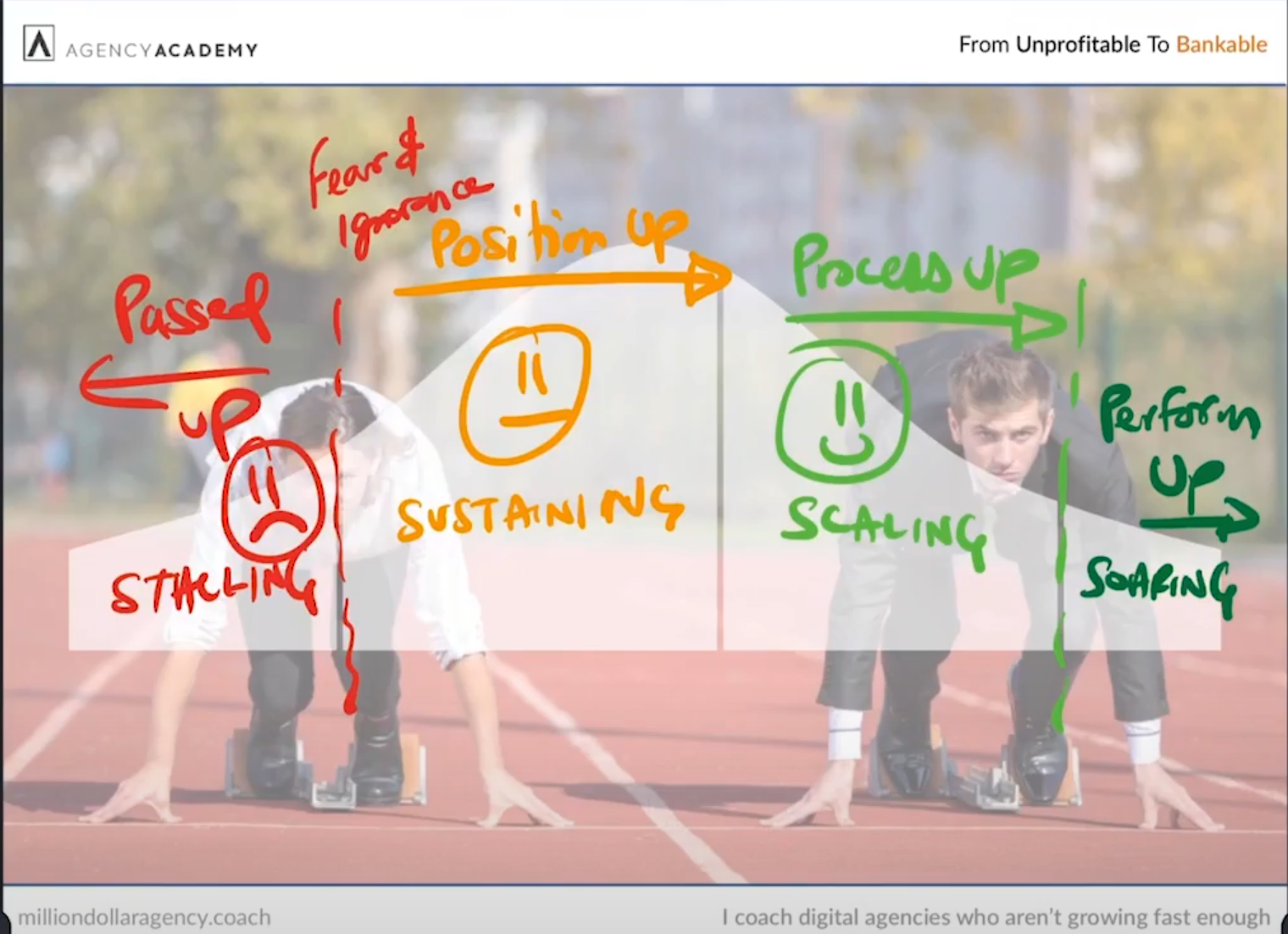
There is a way to break through these levels: from stalling to sustaining to scaling to soaring through the concept of building a “Million Dollar Agency”
What does that look like in terms of a model? There are three core components:
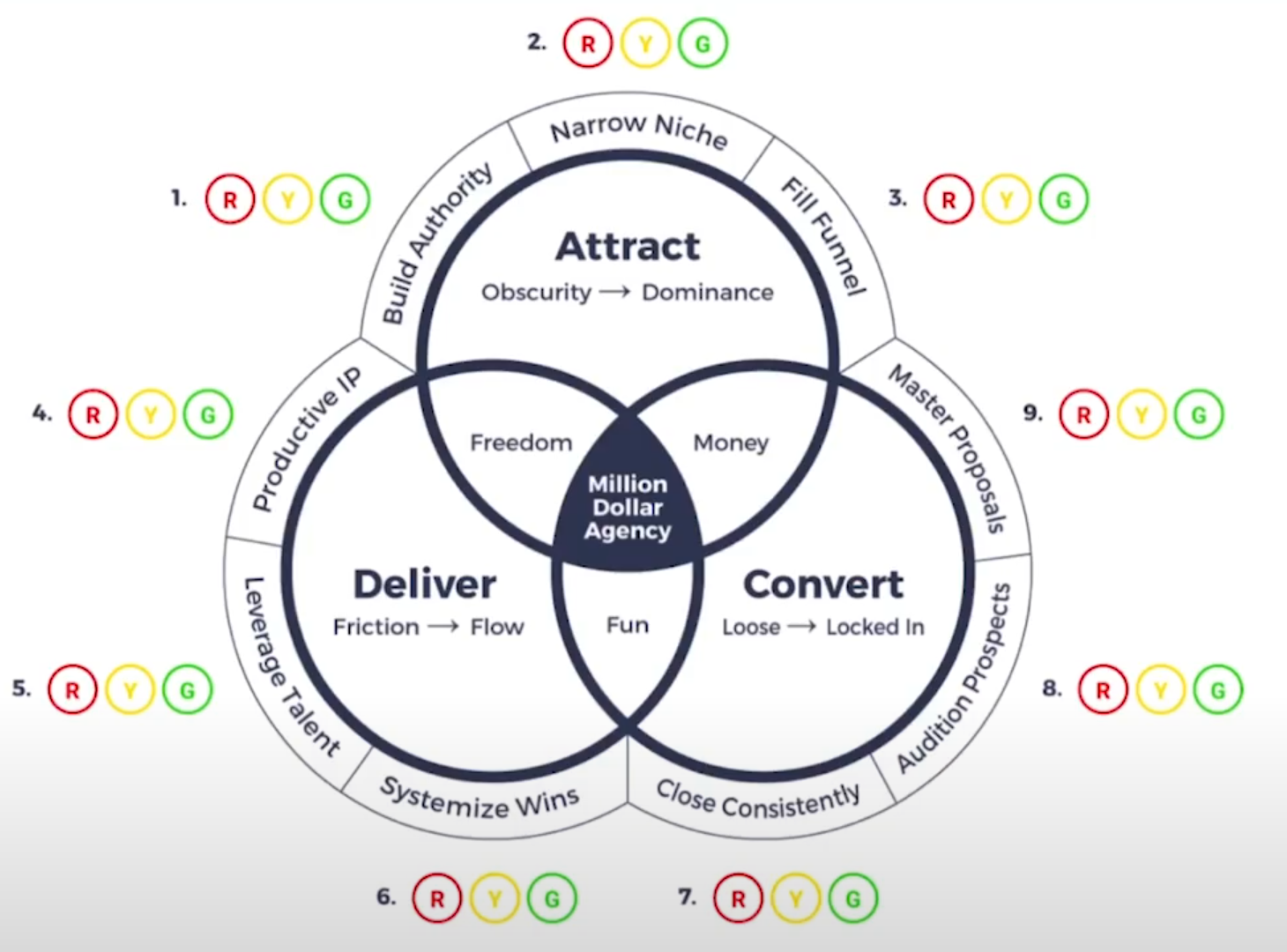 Dev shared his 9 system for assessing and grading your agency, here is one you can look at today:
Dev shared his 9 system for assessing and grading your agency, here is one you can look at today:
Build Authority

You are in for a treat friends, because the brilliant Ayat shared 10 tips for winning Conversion Rate Optimization (CRO) and we will share a few of these gems with you.
#1 Stop Focusing on the Small Stuff
A lot of times people think that conversion rate optimization is so easy. I can do it with my eyes closed, all I have to do is just change the color of a CTA, or change a single element. This is not CRO, this is template tweaking. CRO is a lot more than that.
There are no best practices when it comes to CRO
If you want to succeed with CRO you need to create a process. Here is the process that Invesp CRO has created for their team known as SHIP.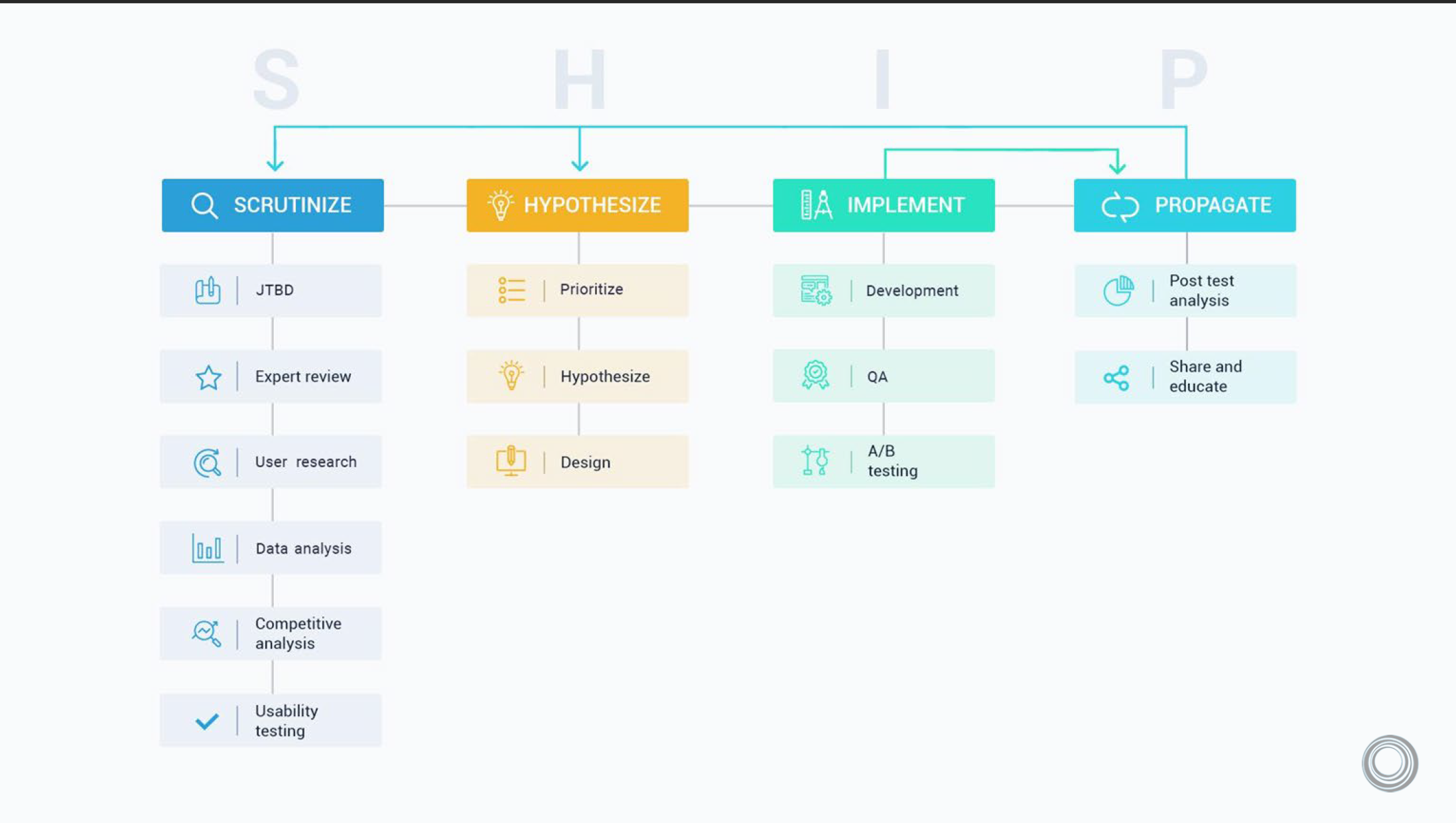 #2 Interview for Growth
#2 Interview for Growth
Ayat and her team start by focusing on a JTBD (Jobs To Be Done) interview with their clients to really get a conscious understanding of why something is happening –
Doing this informs a lot of what your next steps are, it informs how your marketing is going to be, it’s going to inform the different elements you will incorporate into the website that really matter to this visitor. It is going to help inform the unique value proposition as well.
==
“Customers have jobs that are both functional, social, and emotional in nature, and companies need to design offerings that win on both levels.”
The interviews can open up aspects that you don’t even think about that many say has nothing to do with CRO, but it does because what you are trying to do is increase revenue for your client and you can achieve this by approaching it from all angles, it doesn’t necessarily have to always be only on the website. 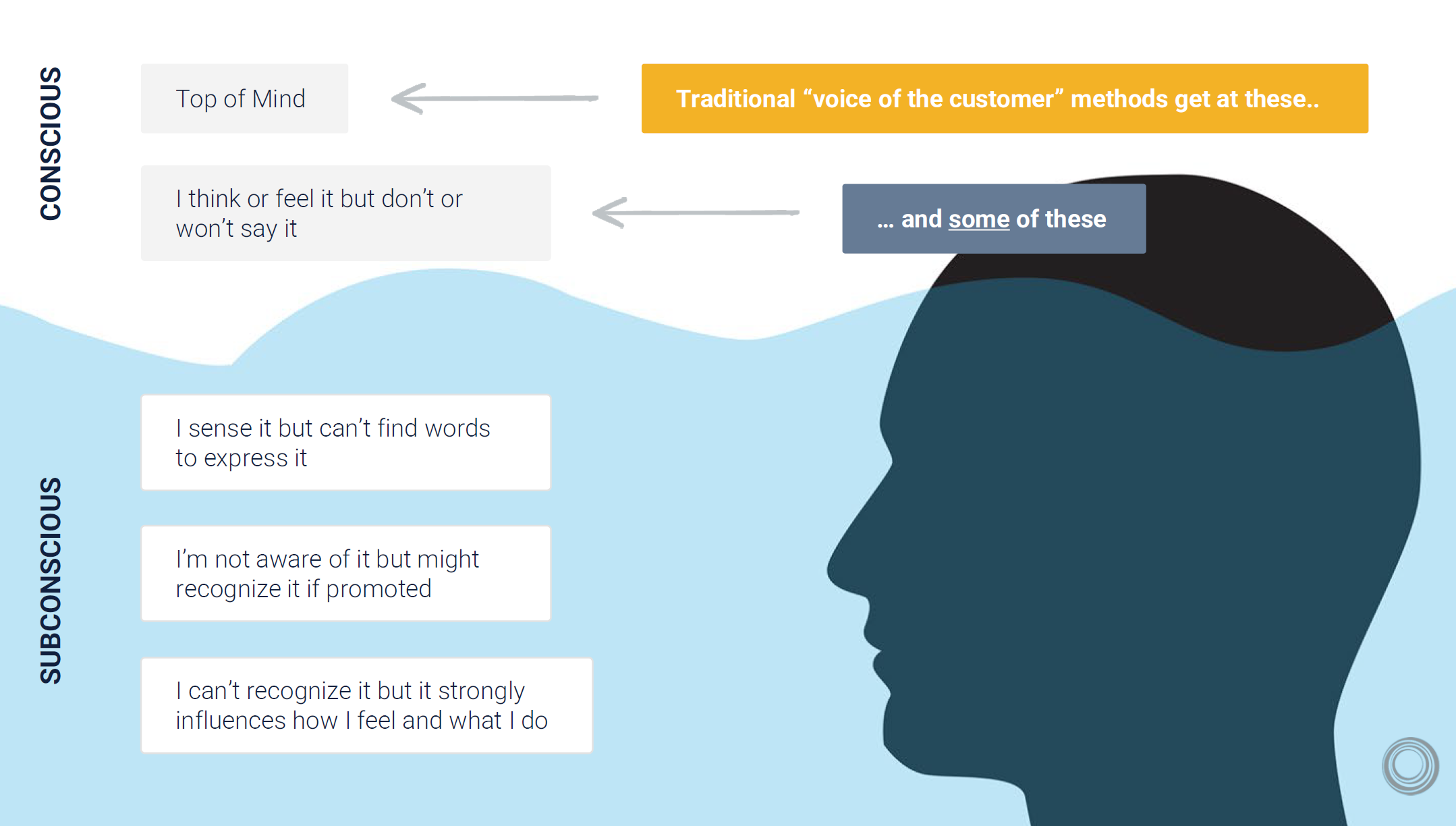

Greg is going to present research on the impact of citations. It’s hard to find good informative data on the impact of citation, and this is great data!
Once upon a time… managing citations or business listings was really a foundational local SEO tactic. Everyone agreed upon this. Name, Address, and Phone Number (NAP) consistency was relied upon by Google to verify the existence and legitimacy of local businesses. Sometimes described as “backlinks for local.”
Listing management was very important.
Another reason why a business would want to have uniformity in their business information distribution was that they wanted people to encounter the same information, same phone number, same address, etc, when they went to different places to look up your business. If they didn’t do that then it was often being managed by the publishers themselves, the platform, or some third party. That meant that if they didn’t take control of their data, somebody else would on their behalf.
Citations are still a factor, it’s still regarded by people as something that has a role to play in local rankings.
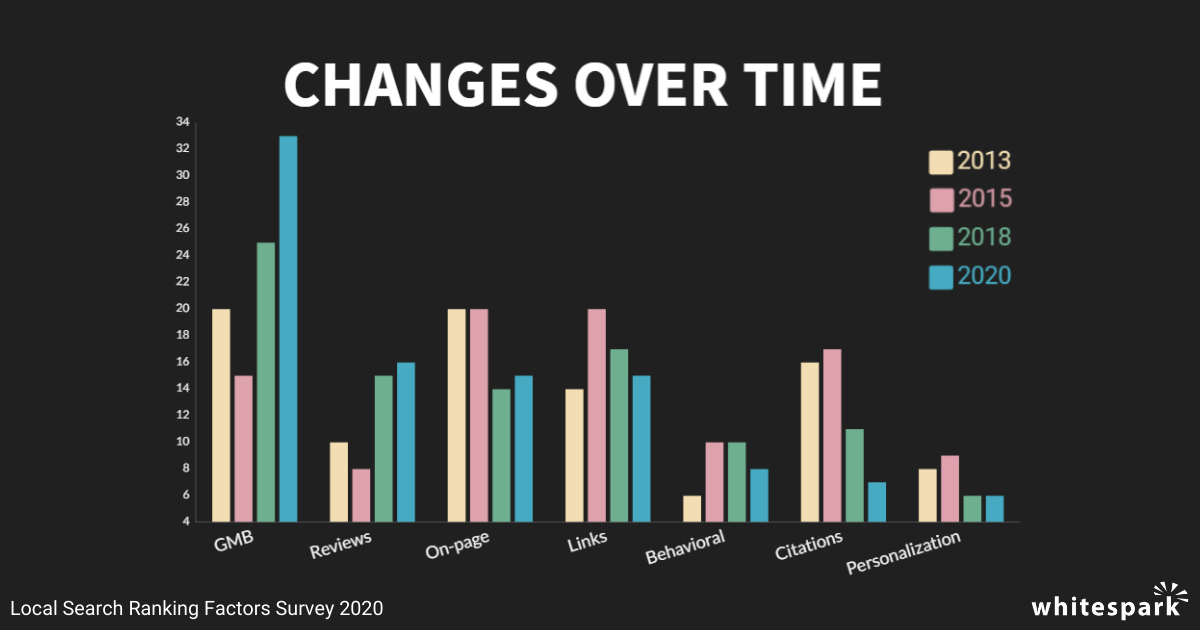 So What’s Happened?
So What’s Happened?
Google has significantly reduced its reliance on third party directories and third parties in general. Google is getting data much more directly, and is using its own efforts to validate the existence of businesses. Google is treating its own data as more authoritative.
Another factor is that a lot of consumer destinations that people used to go to routinely, such as AOL, Yellow Pages, MapQuest, city search, etc. are all essentially gone.
So Greg and the team at Uberall really wanted to answer the questions
Everyone in the industry agrees that GMB, Facebook, Yelp, Apple Maps, and Bing are very important listings sites. Then some verticals are still critical for certain industries.
Uberall wanted to know:
What they did:
The Findings (Short answer: there was an impact!)
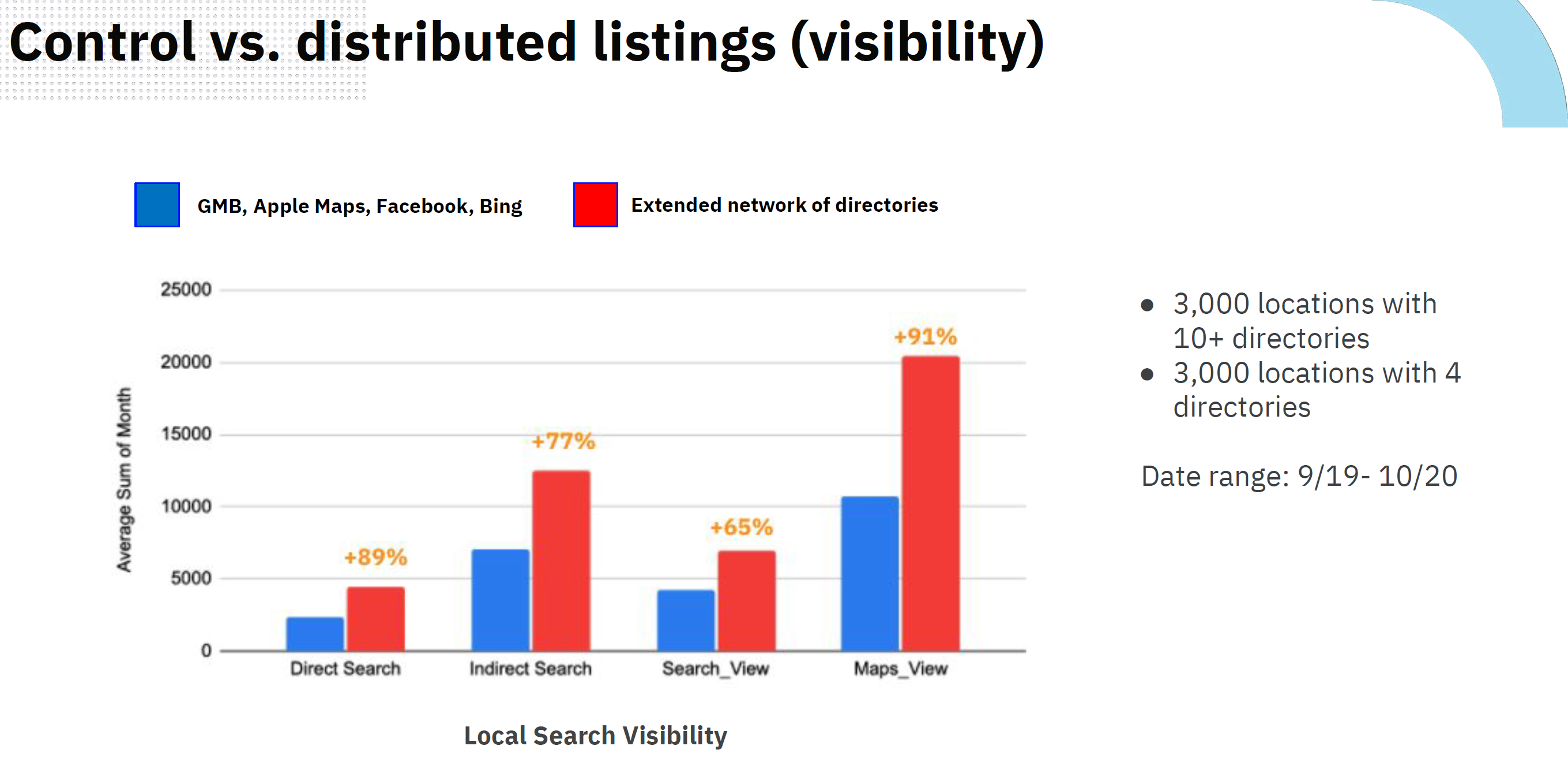
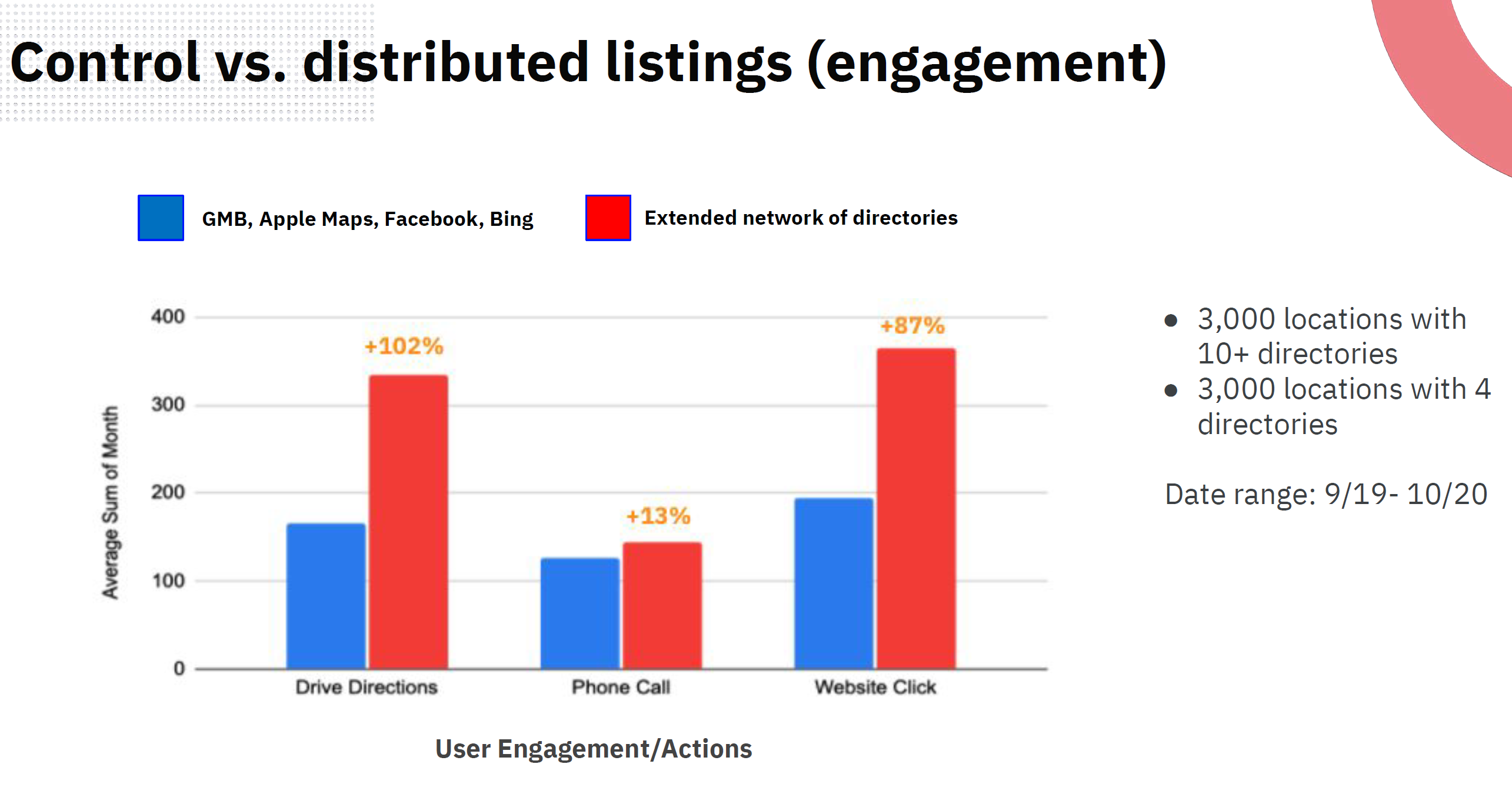 As you add more distribution, you’re seeing a corresponding, positive effect in terms of visibility on Google rankings.
As you add more distribution, you’re seeing a corresponding, positive effect in terms of visibility on Google rankings.

A lot of businesses make the claim that their audience is not on social media, but Diana Richardson is here to prove you wrong!
Communities available to find your audience
Getting started with building a community
Whatever your “experience” is with existing customer base, you need to recreate that on social media.
Here’s one of the real life examples Diana shared of a local record shop, Trax on Wax, who’s audience is very active and engaged on Facebook and he’s creating posts that center around content about the local community, behind the scenes, social commentary & the experience with the shop. 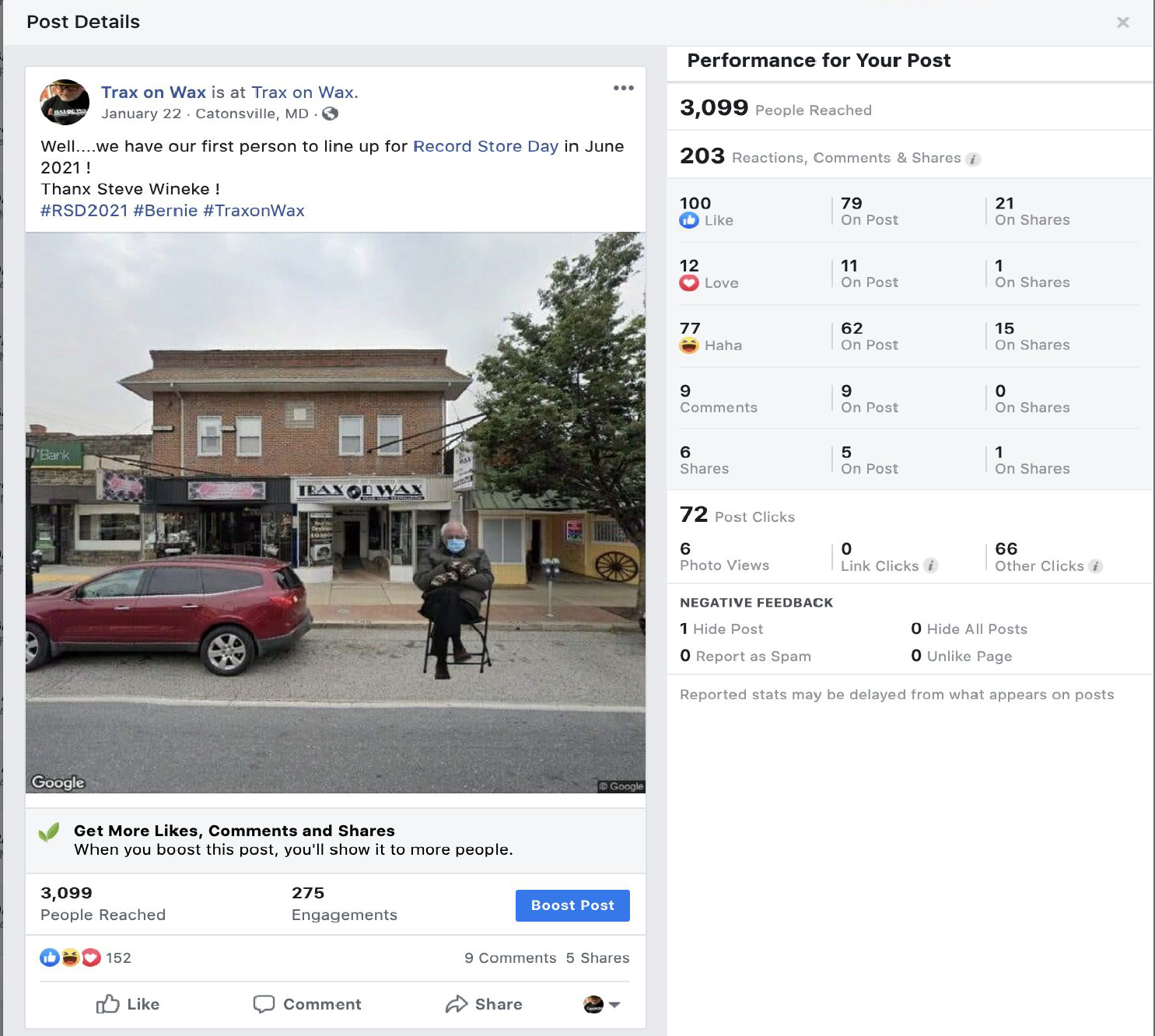 What works best for the Trax on Wax community:
What works best for the Trax on Wax community:
Tips to help your business build a community

Aaron Wieche walked attendees through the ways in which your business can remove friction on your website to gain more conversion results.
We can be our own roadblocks to conversions – there are many ways in which we cause friction in our lead generation processes that prevent conversions and get in the way of our customers’ destination.
As a business you want to remove the fear of the unknown for a website visitor. You need to answer their common concerns and give them confidence to take the next step.
Below is an example of removing the fear: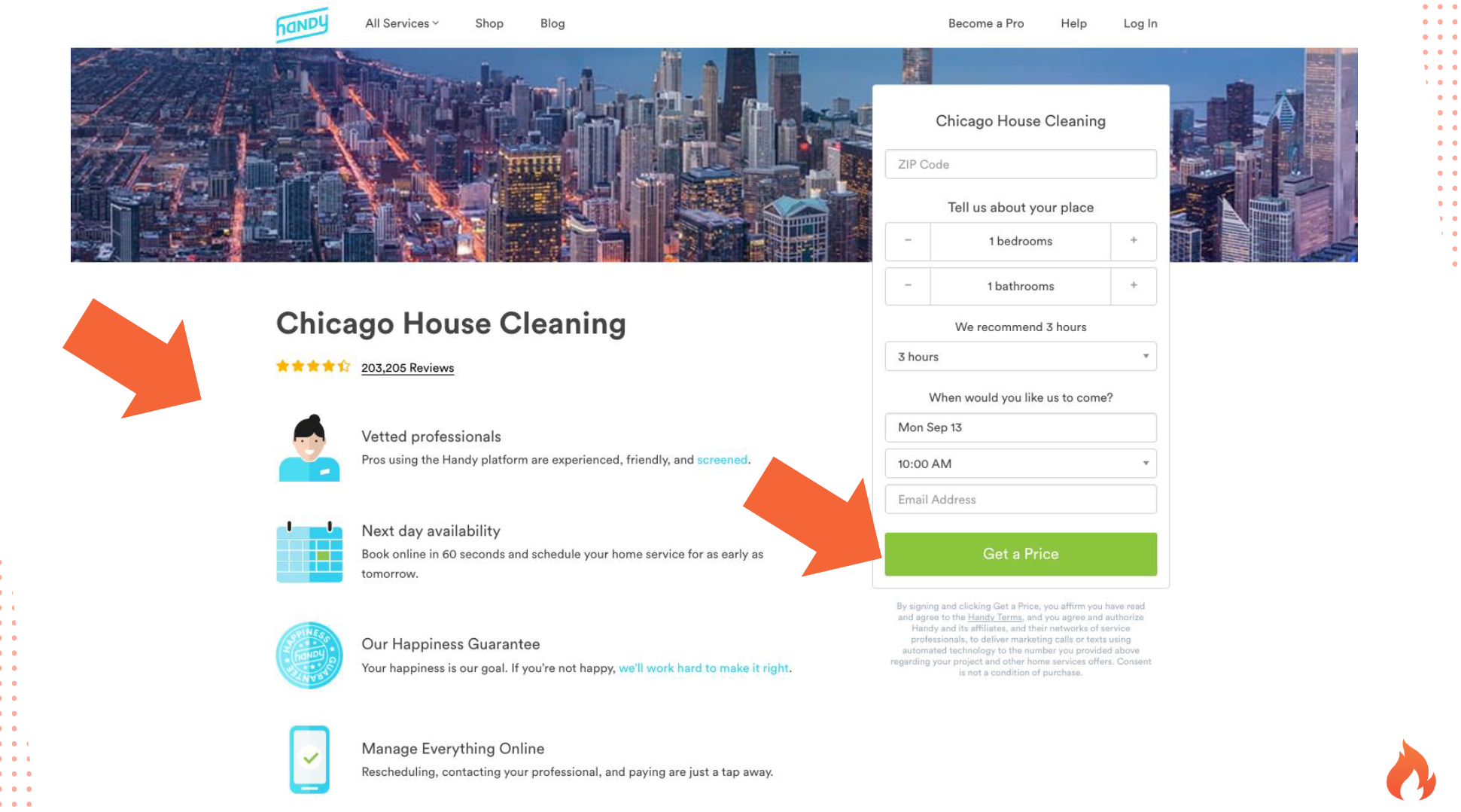 Give Visitors Clear and Concise Directions That Are
Give Visitors Clear and Concise Directions That Are
Rethink Your Approach to Lead Capture
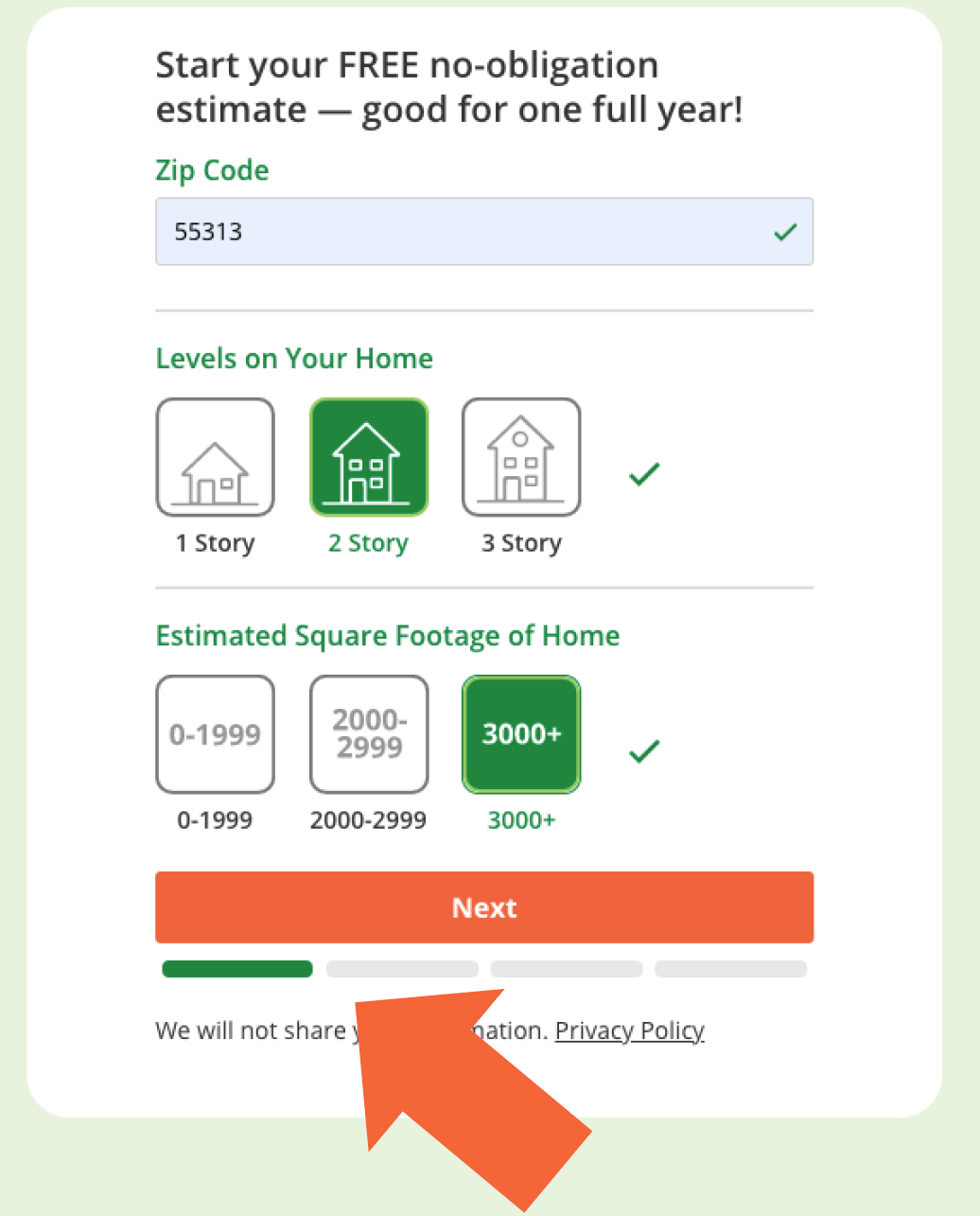 Did you learn something new today that you are going to apply in your local SEO practice or for your small business? Share what it is in the comments below. 👇 There is still one more day left of knowledge sharing. If you want full access to the content and all recordings, you can buy our Video Bundle.
Did you learn something new today that you are going to apply in your local SEO practice or for your small business? Share what it is in the comments below. 👇 There is still one more day left of knowledge sharing. If you want full access to the content and all recordings, you can buy our Video Bundle.


Whitespark provides powerful software and expert services to help businesses and agencies drive more leads through local search.
Founded in 2005 in Edmonton, Alberta, Canada, we initially offered web design and SEO services to local businesses. While we still work closely with many clients locally, we have successfully grown over the past 20 years to support over 100,000 enterprises, agencies, and small businesses globally with our cutting-edge software and services.